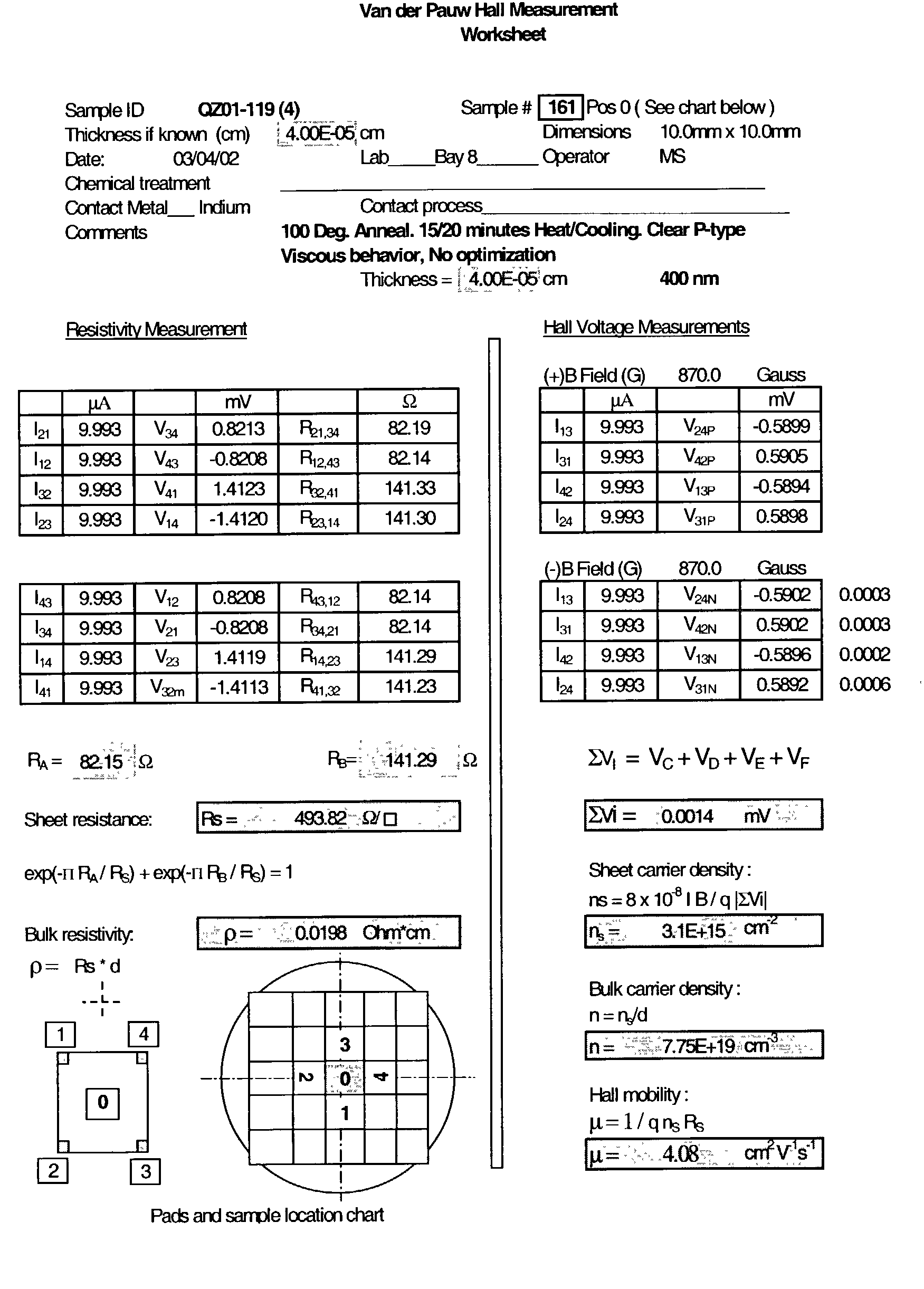Compositions produced by solvent exchange methods and uses thereof
a solvent exchange and solvent technology, applied in the direction of non-metal conductors, conductors, electrolytic capacitors, etc., can solve the problems of difficult quantitative comparison between measurements of the volume resistivity of coatings performed using different devices and different operators, and the inability to elucidate the additives that may bring about this increase in electrical conductivity
- Summary
- Abstract
- Description
- Claims
- Application Information
AI Technical Summary
Problems solved by technology
Method used
Image
Examples
example 1
Solvent Exchange Using a Specific Mixture of Ethylene Glycol (EG) and NMP
[0078] Into a 1L four neck reactor equipped with an addition funnel in combination with a peristaltic pump, nitrogen gas inlet, homogenizer (T-25 basic homogenizer with a 19 mm diameter dispersing tool), Dean Stark trap and condenser (hooked up with a water chiller), a secondary liquid trap and thermometer was placed a mixture of NMP (40 mL) and ethylene glycol (160 mL). The solvent mixture was heated to 120.degree. C. using an oil bath and a temperature controller. Upon reaching 115.degree. C., the homogenizer, the chiller for the condenser and the nitrogen flow (8 L / minute) were turned on. Baytron.RTM. P aqueous dispersion (150 mL, as-received from Bayer AG) was placed in the addition funnel and was added at a rate of 2 mL / minute. After 1.5 hour, all of the Baytron.RTM. P aqueous dispersion had been added. After one additional hour, 4-hydroxybenezenesulfonic acid (0.11 gram) was added to the mixture. Heating ...
example 2
Solvent Exchange Using a Specific Mixture of Ethylene Glycol (EG) and NMP
[0082] Into a 2L four neck reactor equipped with an addition funnel in combination with a peristaltic pump, nitrogen gas inlet, homogenizer (T-25 basic homogenizer with a 19 mm diameter dispersing tool), Dean Stark trap and condenser (hooked up with a water chiller), a secondary liquid trap and thermometer was placed a mixture of NMP (200 mL) and ethylene glycol (800 mL). The solvent mixture was heated to 120.degree. C. using an oil bath and a temperature controller. Upon reaching 115.degree. C., the homogenizer, the chiller for the condenser and the nitrogen flow (16-40 L / minute) were turned on. Baytron.RTM. P aqueous dispersion (750 mL, as-received from Bayer AG) was placed in the addition funnel and was added at a rate of 5 mL / minute. After 2.75 hour, all of the Baytron.RTM. P aqueous dispersion had been added. After 4 additional hours, 4-hydroxybenezenesulfonic acid (0.5 gram) was added to the mixture. Heat...
example 3
Solvent Exchange Using a Specific Mixture of Ethylene Glycol (EG) and NMP
[0088] Into a 2L four neck reactor equipped with an addition funnel in combination with a peristaltic pump, nitrogen gas inlet, homogenizer (T-25 basic homogenizer with a 19 mm diameter dispersing tool), Dean Stark trap and condenser (hooked up with a water chiller), a secondary liquid trap and thermometer was placed a mixture of NMP (200 mL) and ethylene glycol (800 mL). The solvent mixture was heated to 120.degree. C. using an oil bath and a temperature controller. Upon reaching 115.degree. C., the homogenizer, the chiller for the condenser and the nitrogen flow (24 L / minute) were turned on. Baytron.RTM. P aqueous dispersion (750 mL, as-received from Bayer AG) was placed in the addition funnel and was added at a rate of 5 mL / minute. After 3 hours, all of the Baytron.RTM. P aqueous dispersion had been added. After 3 additional hours, 4-hydroxybenezenesulfonic acid (0.5 gram) was added to the mixture. Heating a...
PUM
| Property | Measurement | Unit |
|---|---|---|
| Fraction | aaaaa | aaaaa |
| Fraction | aaaaa | aaaaa |
| Fraction | aaaaa | aaaaa |
Abstract
Description
Claims
Application Information
 Login to View More
Login to View More - R&D
- Intellectual Property
- Life Sciences
- Materials
- Tech Scout
- Unparalleled Data Quality
- Higher Quality Content
- 60% Fewer Hallucinations
Browse by: Latest US Patents, China's latest patents, Technical Efficacy Thesaurus, Application Domain, Technology Topic, Popular Technical Reports.
© 2025 PatSnap. All rights reserved.Legal|Privacy policy|Modern Slavery Act Transparency Statement|Sitemap|About US| Contact US: help@patsnap.com



